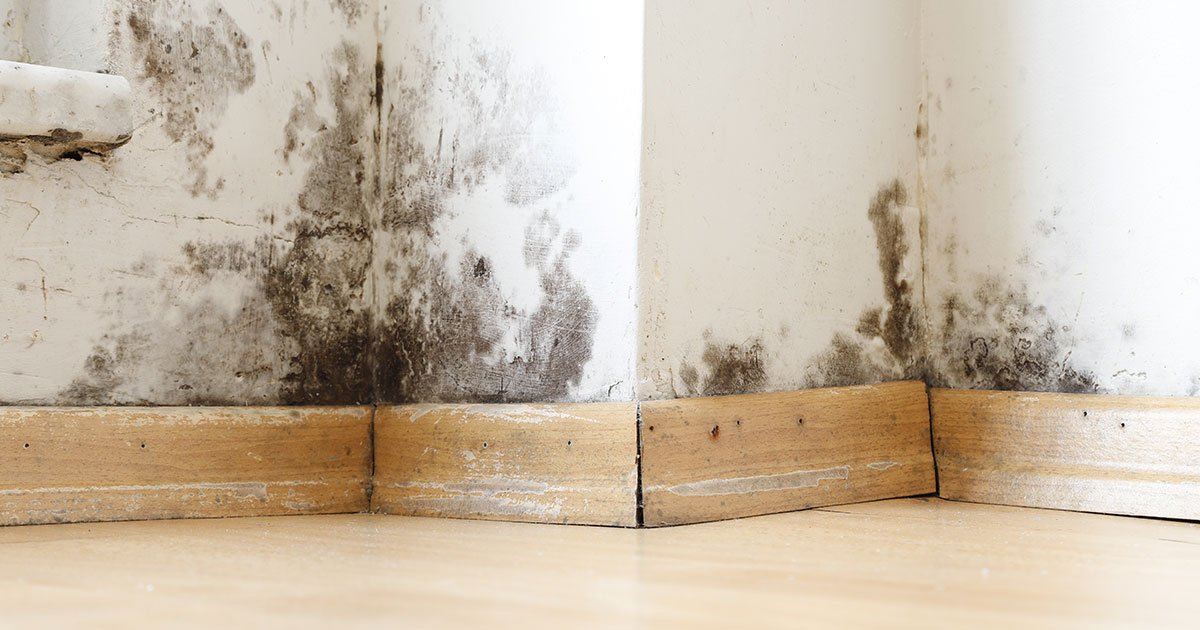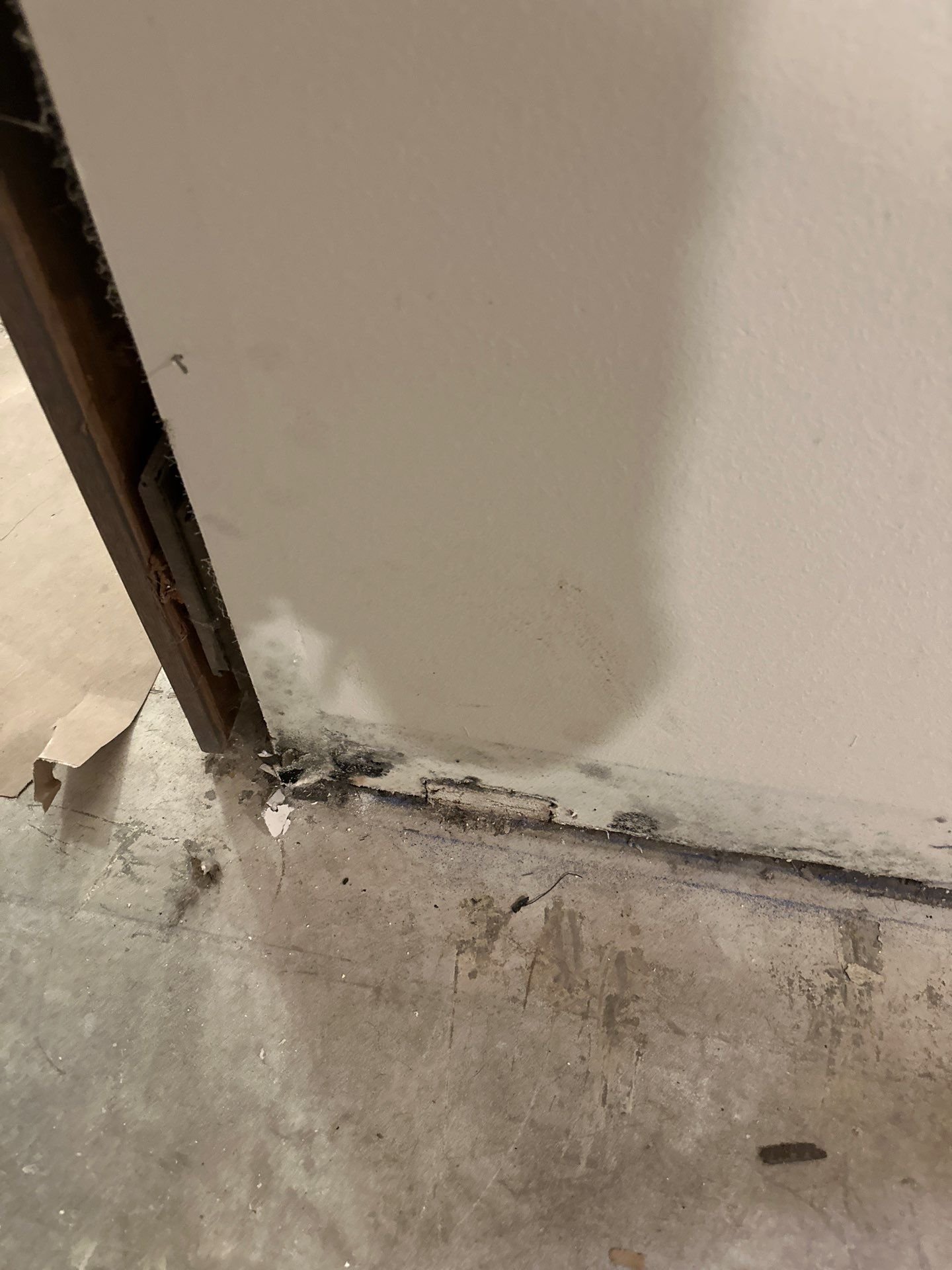
Mold Remediation
Mold remediation is crucial for maintaining a safe and healthy indoor environment. Mold can compromise air quality, leading to a range of health issues, including respiratory problems, allergies, and skin irritations. Prolonged exposure can exacerbate these conditions, impacting overall well-being. Additionally, mold can cause significant structural damage to a property, leading to costly repairs. Timely remediation not only eradicates existing mold but also prevents its return, ensuring a safer living space. By addressing mold promptly, property owners protect their health and the integrity of their homes.
Assessment and Inspection
A qualified professional conducts a thorough inspection of the property to identify areas of mold growth, moisture sources, and potential health risks. This involves visual assessments and, if necessary, moisture measurement and air quality testing.
Containment
To prevent the spread of mold spores during the remediation process, the affected areas are contained. This may involve sealing off entrances with plastic sheeting, using negative air pressure machines, and establishing barriers to isolate the contaminated area.
Filtration
Advanced air filtration systems, such as HEPA filters, are employed to remove mold spores from the air. This step is crucial for improving air quality in and around the contaminated areas.
Mold Removal
Moldy materials, such as carpets, drywall, and insulation, may need to be removed and disposed of properly. Non-porous surfaces are typically cleaned and disinfected using antimicrobial solutions to ensure complete removal of mold and spores.
Cleaning and Sanitizing
All surfaces in the affected areas, including furniture and personal belongings, are cleaned and sanitized. This includes deep cleaning using specialized cleaning agents designed to inhibit mold growth.
Drying
Professional dehumidifiers and fans are used to dry the affected areas thoroughly. This process is crucial to eliminate moisture, which is essential for preventing future mold growth.
Repair and Restoration
Once the areas are thoroughly dried and cleaned, any necessary repairs are made, including replacing drywall, insulation, or flooring damaged by mold. Restoration is completed to return the property to its pre-loss condition.
Prevention
Post-remediation, it is essential to establish a plan to prevent future mold growth. This includes fixing leaks, improving ventilation, and utilizing moisture control solutions.
Conclusion
Effective mold remediation requires a comprehensive approach to ensure safe and thorough removal of mold from the environment. By following these steps, the risk of mold recurrence is significantly reduced, ensuring a healthy indoor environment.


